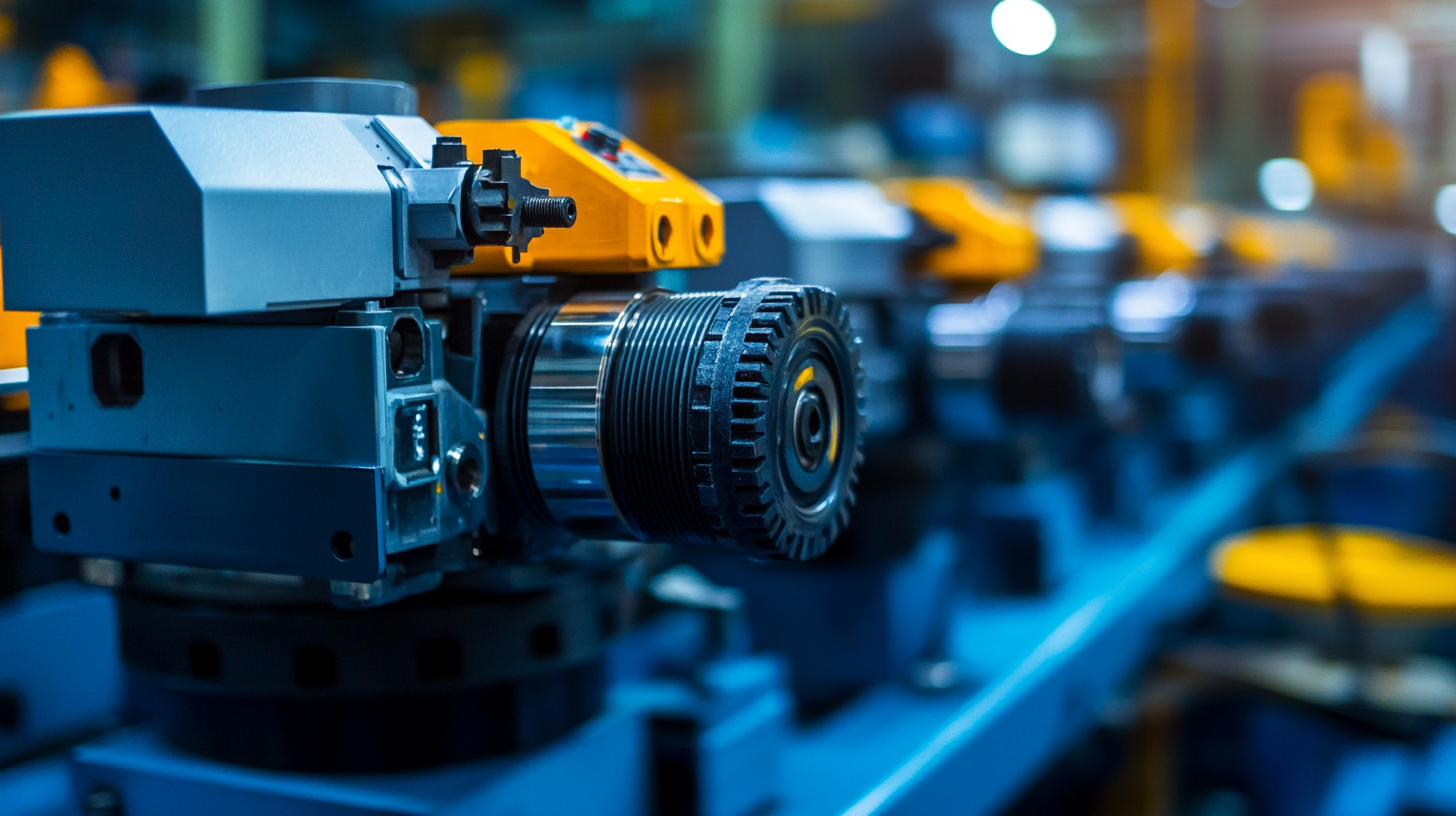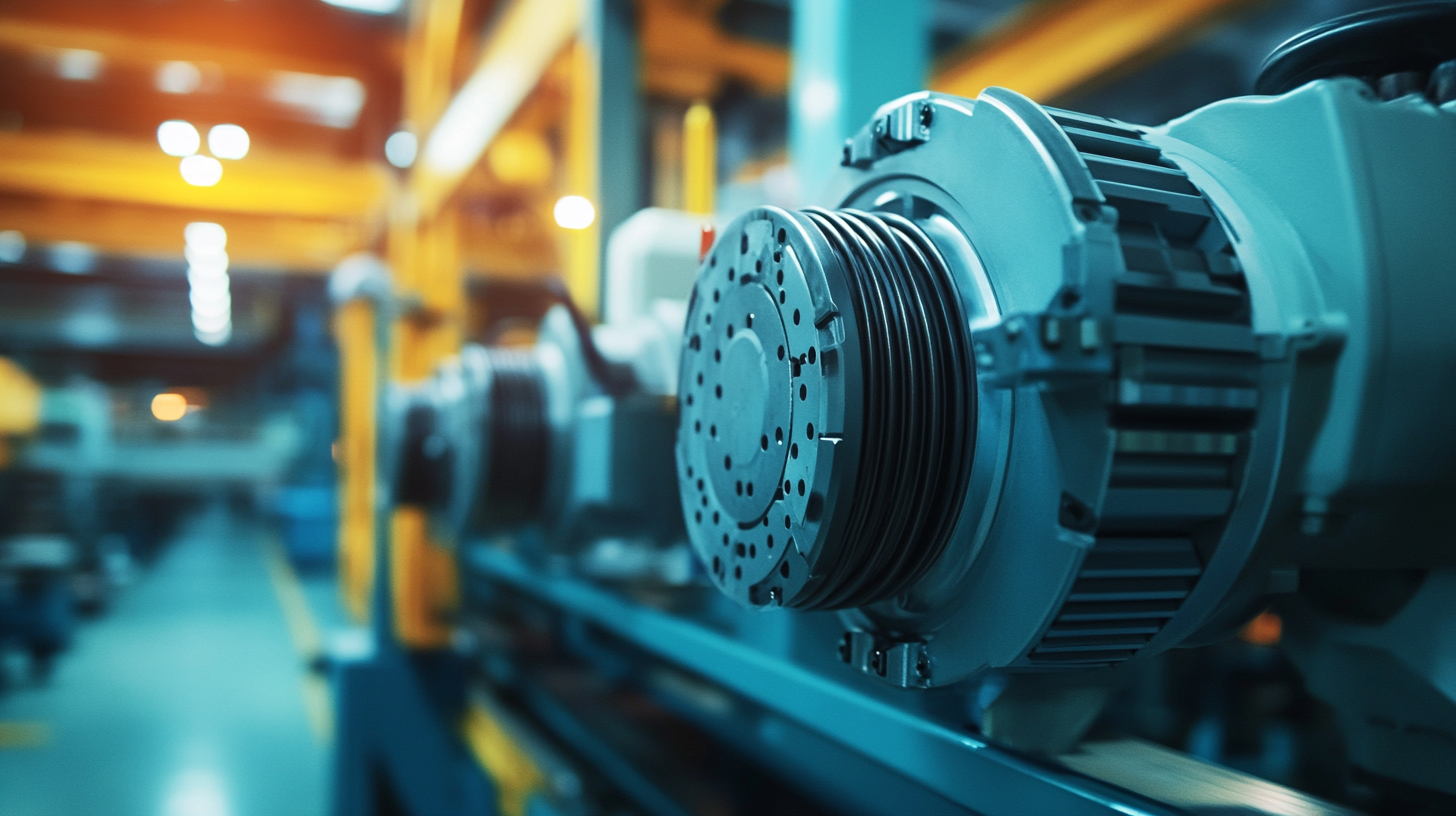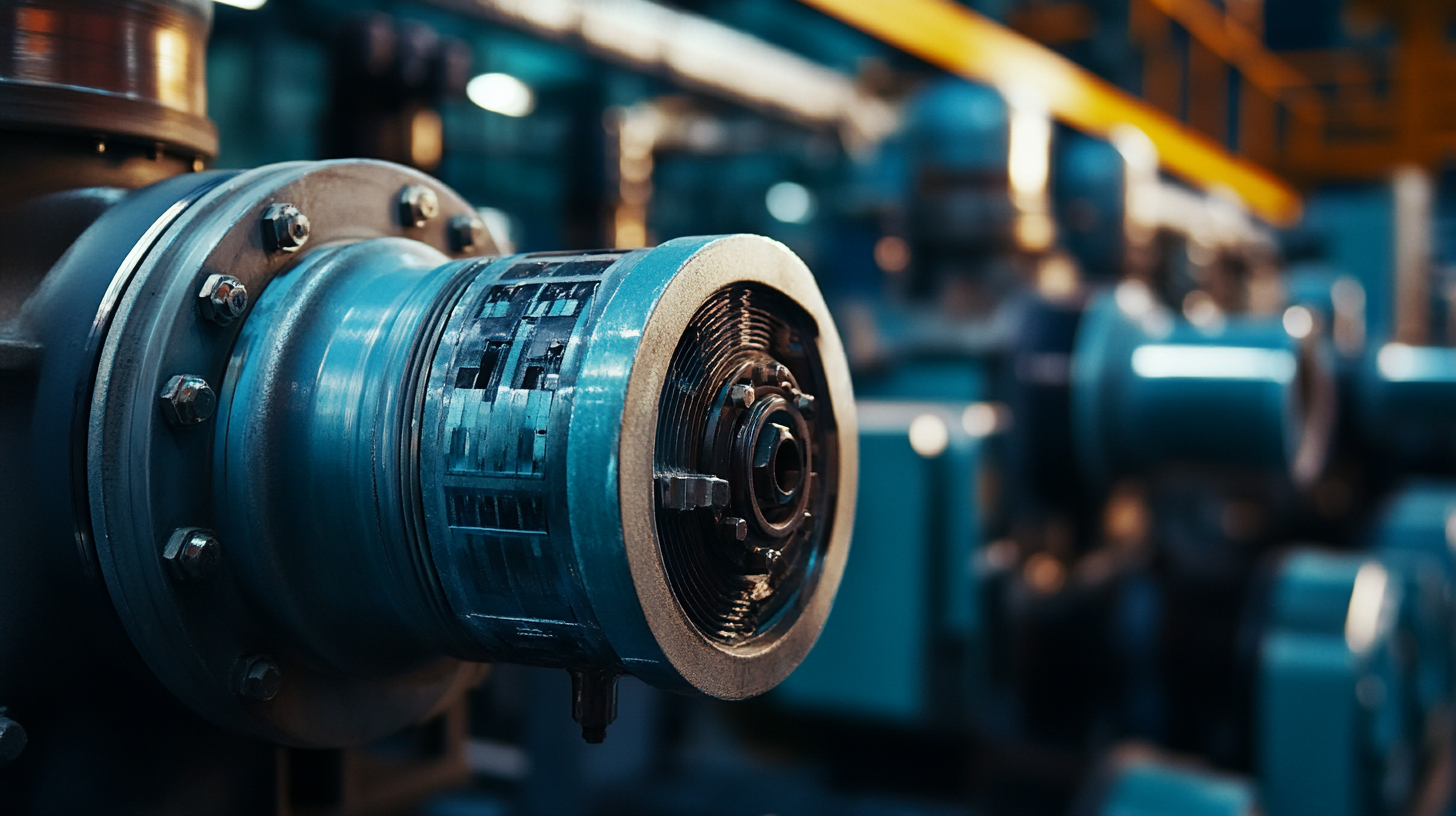
-
Home
-
Products
-
Application
-
Documents
-
News
-
Blog
-
Blog
-
Sinsegye
Leave Your Message
-
Wechat OA

-
 Baijia Hao
Baijia Hao



 Baijia Hao
Baijia Hao

In today's rapidly evolving industrial landscape, the choice of machinery can significantly impact operational efficiency and productivity. Industrial Servo Motors have emerged as vital components for businesses aiming to enhance automation and precision in their processes. According to a report by Mordor Intelligence, the global industrial servo motor market is projected to reach USD 8.45 billion by 2026, growing at a CAGR of 5.8% from 2021 to 2026. This growth underscores the increasing reliance on advanced motor technologies, particularly in sectors such as manufacturing, robotics, and aerospace, where accuracy and responsiveness are paramount. Selecting the right Industrial Servo Motors can lead to optimized performance, reduced energy consumption, and minimized downtime, ultimately contributing to a stronger bottom line. This guide aims to provide insights into the key factors to consider when choosing Industrial Servo Motors for your business, ensuring you harness their full potential for maximum efficiency.

Industrial servo motors have become essential components in various applications, driven by advancements in motion control technologies. These motors excel in precision tasks and dynamic response, making them invaluable in sectors like automotive manufacturing, robotics, and packaging. According to recent studies, the demand for servo motors is projected to grow at a CAGR of 6.5% over the next five years, reflecting their integral role in modern automation processes.
Understanding the basics of industrial servo motors starts with recognition of variable frequency drives (VFDs), which control the motor's speed and torque by varying the input frequency. This technology enhances energy efficiency and is applicable across numerous industries, from textiles to food processing. Recent reports suggest that frequency-controlled drive solutions have revolutionized conventional machinery, contributing to significant reductions in operational costs and downtime.
Moreover, the ability of servo motors to withstand wear and tear over time necessitates regular testing and maintenance. Effective strategies to test and repair these motors can prolong their lifespan and optimize their performance, ultimately supporting businesses in achieving maximum operational efficiency. As automation continues to evolve, understanding these fundamental aspects will be crucial for selecting the right servo motor system tailored to specific industrial needs.
When selecting servo motors for industrial applications, it is crucial to consider several key factors to ensure optimal performance and efficiency. One vital aspect is the power rating of the motor; finding a balance between torque and speed is essential for achieving the desired motion control. According to industry reports, selecting a servo motor with adequate power capacity can enhance productivity by up to 30%.
Additionally, the complexity of the application plays a significant role in servo motor selection. For instance, in high-performance settings where precision is paramount, such as CNC machine tools, the characteristics of the servo system must align closely with the operational requirements. The recent advancements in servo technology have improved dynamic response times, which can significantly reduce cycle times and boost overall operational efficiency.
Another factor to consider is system integration and compatibility with existing infrastructure. It is essential to select servo motors that can seamlessly integrate with controllers and drives, minimizing installation time and potential system incompatibilities. Recent trends highlight a shift towards modular architectures in servo systems, which allow for more flexible configurations, further enhancing operational capabilities across varied applications in manufacturing and plant engineering.
When it comes to selecting servo motors for industrial applications, understanding the differences between AC and DC options is crucial. AC servo motors are known for their robustness and efficiency, making them highly suitable for high-performance tasks that require precision. These motors often deliver higher torque at higher speeds, which is advantageous for machinery that operates continuously. Additionally, AC motors typically have a longer lifespan due to their less complex construction and minimal wear on internal components.
On the other hand, DC servo motors provide excellent control and responsiveness, making them ideal for applications where precise speed variations are necessary. They are easier to control at lower speeds and can deliver high starting torque, which benefits users needing instant acceleration or deceleration. However, they may require more maintenance and can have a shorter lifespan due to brush wear. Ultimately, the choice between AC and DC servo motors depends on the specific requirements of your application, including speed, torque, and control precision, which should align with your overall business goals.
When selecting industrial servo motors for your operations, evaluating performance metrics such as torque, speed, and precision is paramount. Torque is often the starting point of this assessment, as it determines the motor's capacity to handle load without stalling. A servo motor with higher torque ratings can manage more significant forces, making it ideal for applications requiring heavy lifting or sustained operations. Understanding the specific torque requirements of your machinery can lead to enhanced operational efficiency and prolonged equipment lifespan.
Speed is another critical performance metric that cannot be overlooked. In dynamic applications, where rapid cycles are essential, a servo motor’s ability to accelerate and decelerate quickly becomes vital. The relationship between speed and load must also be examined, as a motor's performance can significantly vary under different load conditions. Choosing a servo motor that balances both high speed and sufficient torque ensures that the machinery can operate efficiently across various processes.
Lastly, precision plays a crucial role in industries where exact movements are necessary, such as robotics and CNC machining. The precision of a servo motor is often indicated by its feedback system, which allows for real-time adjustments and corrections. High-precision motors enable more accurate positioning and repeatability, ultimately leading to better product quality and reduced waste. By thoroughly assessing these performance metrics, businesses can select servo motors that not only meet their immediate operational needs but also support long-term productivity goals.

When it comes to maximizing the efficiency of industrial servo motors, maintenance plays a pivotal role in enhancing both their longevity and performance. Regular maintenance practices can significantly reduce downtime, ensuring that your operations run smoothly. One essential practice is to keep the servo motors clean and free from dust and debris. Particles can interfere with the motor's performance and lead to overheating, so routine inspections should include cleaning components and checking for any obstructions.
Another vital maintenance strategy involves monitoring the motor’s temperature and operational parameters. Overheating often indicates underlying issues such as excessive load or inadequate lubrication. Implementing temperature sensors and conducting regular performance audits can help identify these problems early, allowing for timely interventions. Additionally, ensuring that the lubricant used in bearings and gears is of the right quality and maintained at optimal levels is crucial in preventing wear and tear. Regularly scheduled maintenance checks can help identify any deterioration in performance, ensuring that the servo motors are operating at their best for the long haul.
